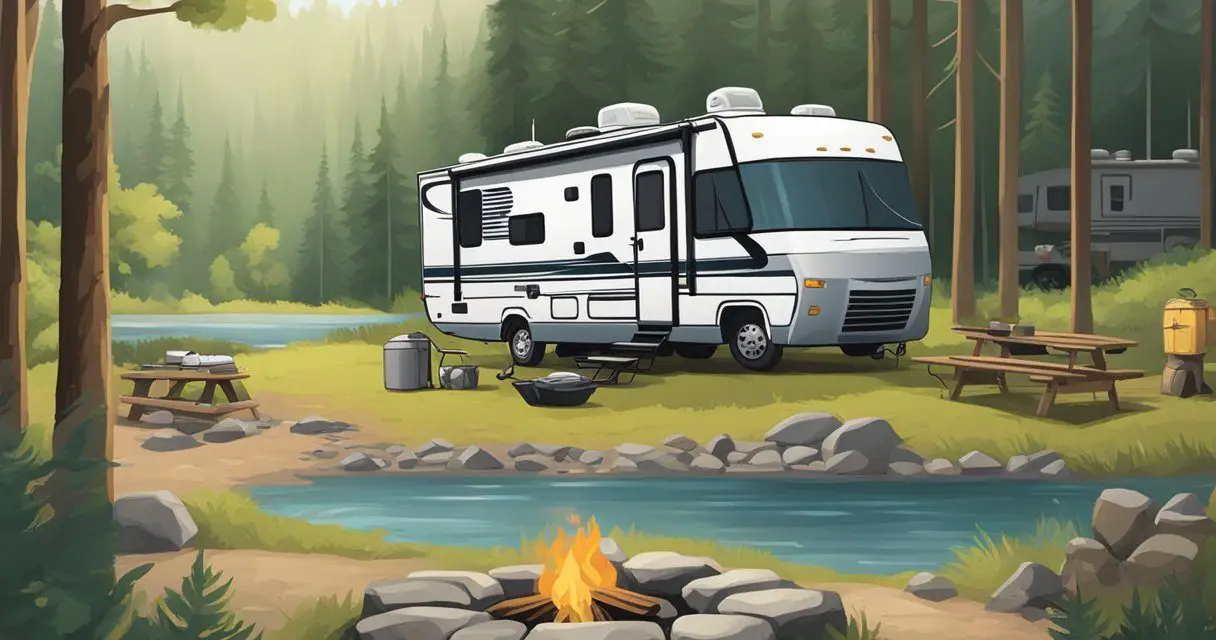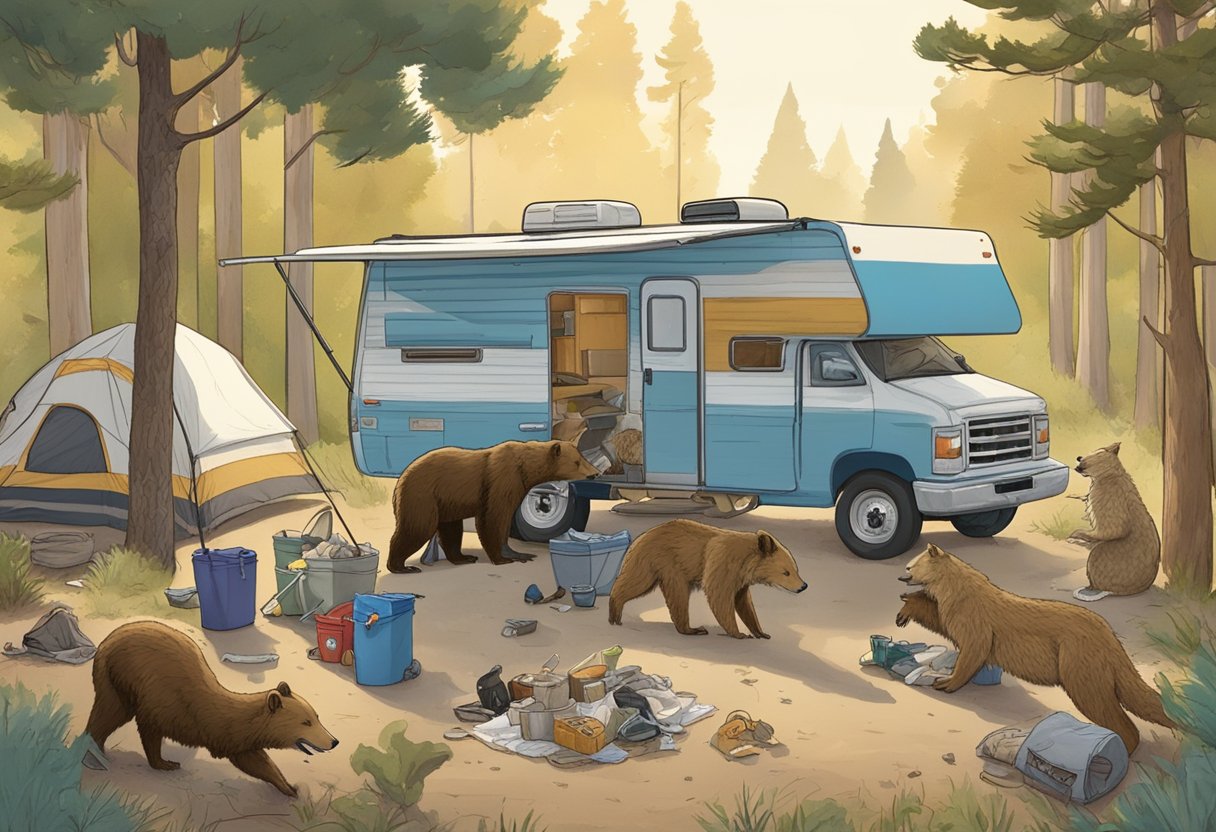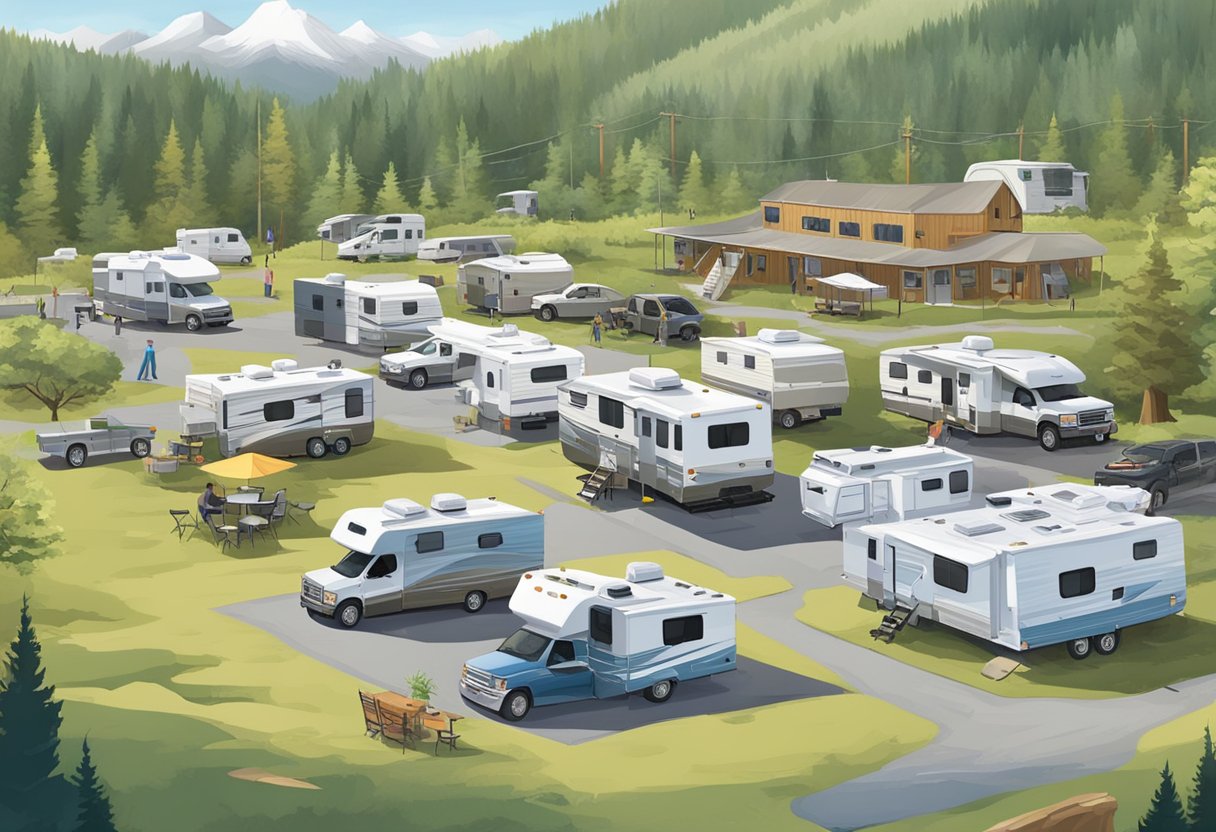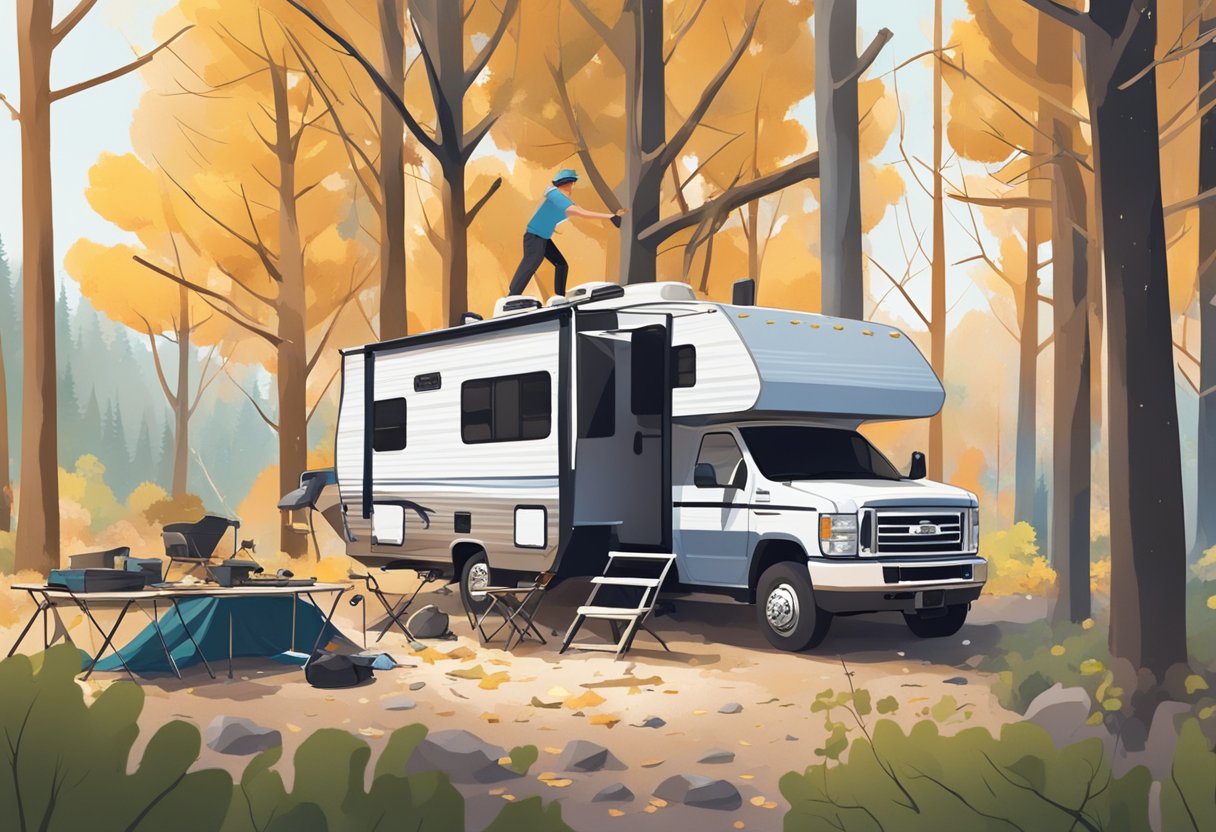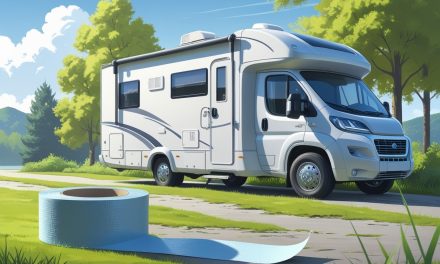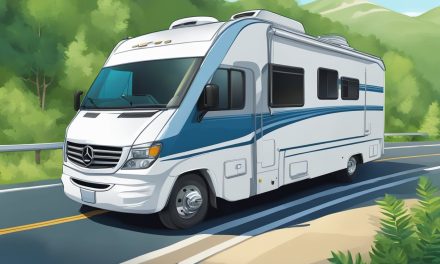Would you like to save this article?
Camping in an RV campground offers a unique blend of comfort and adventure, allowing campers to enjoy the great outdoors with many of the conveniences of home. However, there are several risks that one should be aware of to ensure a safe and enjoyable experience.
From natural hazards to security issues, each campground presents its own set of challenges. Whether you’re a seasoned RV traveler or just starting, understanding these potential dangers can help you better prepare for your trip.
1) Wildlife Encounters
Camping in an RV campground often means sharing space with local wildlife. This can add excitement to your trip, but it’s important to stay safe.
Keeping food sealed and stored properly is essential. Scents from food can attract animals like raccoons, bears, and even deer.
Using proper gear, such as lanterns and flashlights, can also help. Animals tend to avoid well-lit areas, making your campsite less inviting to critters.
Checking your surroundings regularly can prevent unexpected close encounters. Always scan for signs of wildlife activity, like tracks or scat, before settling into an area.
With some precautionary measures, you can enjoy the beauty of nature without any unwanted surprises.
2) Electrical Hazards
Electrical hazards in RV campgrounds can pose serious risks. It’s important to regularly check the cords and plugs of your RV. A visual inspection can help identify nicks, cuts, or critter damage that might lead to shocking incidents.
Before using a campground hook-up, do a visual inspection of the area. If you see any damage, request another spot to ensure safety. Always make the campground aware of the issue to protect other campers.
Testing the campground’s electrical source is crucial. Use tools like a voltmeter, a polarity checker, and a ground fault tester to verify voltage and grounding. This helps avoid electrical shocks and potential damage to your RV.
Lastly, never plug more than one RV into a single hook-up. This can overload the circuit and create dangerous conditions. Prioritizing these steps helps keep everyone safe during the camping adventure.
3) Unpredictable Weather
Weather can change in an instant when camping in an RV campground. A sunny day might quickly turn into a stormy evening. It’s crucial to be prepared for these sudden shifts.
Strong winds are common threats. Campers should retract their RV’s awnings and slide-outs to avoid damage. Secure outdoor gear to prevent it from being blown away.
Unexpected storms, including rain and hail, can also occur. Check weather forecasts regularly and have a plan to seek shelter if conditions worsen. Reliable weather apps can be a useful tool to stay updated.
Early snowfall may surprise campers in fall. Carrying extra blankets and winter gear ensures comfort and safety during these sudden cold snaps. Always being ready for various weather conditions helps campers stay safe and enjoy their time outdoors. And a reminder, don’t forget to winterize your rig during this season.
4) Limited Medical Facilities
While RV campgrounds offer a great escape into nature, they often lack immediate access to comprehensive medical facilities.
In emergencies, the nearest hospital or clinic may be miles away. This can delay treatment for serious injuries or medical conditions.
Campground hosts may provide information on local medical services. Yet, it’s crucial for RVers to have a well-stocked first aid kit and knowledge of basic medical procedures.
Planning ahead by knowing the locations of nearby hospitals and urgent care centers is wise.
Travelers should also consider personal medical needs and ensure they have necessary medications and equipment with them. This precaution can prevent minor issues from becoming major ones.
5) Propane Leaks
Propane leaks are a serious hazard in RVs and must never be taken lightly. These leaks can lead to fires or explosions if not detected and addressed promptly.
One of the easiest ways to detect a propane leak is by its distinctive smell. Propane has an additive that smells like rotten eggs, making it easier to notice.
If a leak is suspected, it’s important to take immediate action. Evacuate everyone from the RV and avoid using any electrical devices, including phones and lights, to prevent sparks.
Shutting off the propane valves is crucial. Once it’s safe, ventilate the RV by opening windows and doors to disperse the gas.
For added safety, RV propane detectors should be installed. These devices can provide an early warning, giving you more time to address any issues before they become dangerous.
6) Unsafe Water Sources
Campground water sources can sometimes be unsafe, posing health risks. Contaminated water can come from various sources like poorly maintained wells, runoff from nearby farms, or old septic systems.
Campers should always be cautious. Look out for sudden bouts of sickness among campers, which could indicate water contamination.
Bringing water to a boil for at least a minute can kill most germs and bacteria. This simple step ensures that the water is safe to drink.
7) Falling Branches
Falling branches pose a significant danger when camping in an RV. Branches can break due to strong winds, snow, or even their own weight.
Arriving at the campsite during daylight allows for a thorough inspection of the surrounding trees. They should look for dead, diseased, or damaged limbs that might fall.
Choosing a campsite free from leaning and unstable trees helps to minimize risks. Regularly checking the area throughout your stay is also wise.
When severe weather is forecasted, moving the RV to a safer spot away from trees may be necessary. This can prevent extensive damage or injury caused by falling branches.
ventilation reduces indoor pollutants and improves overall air quality.

